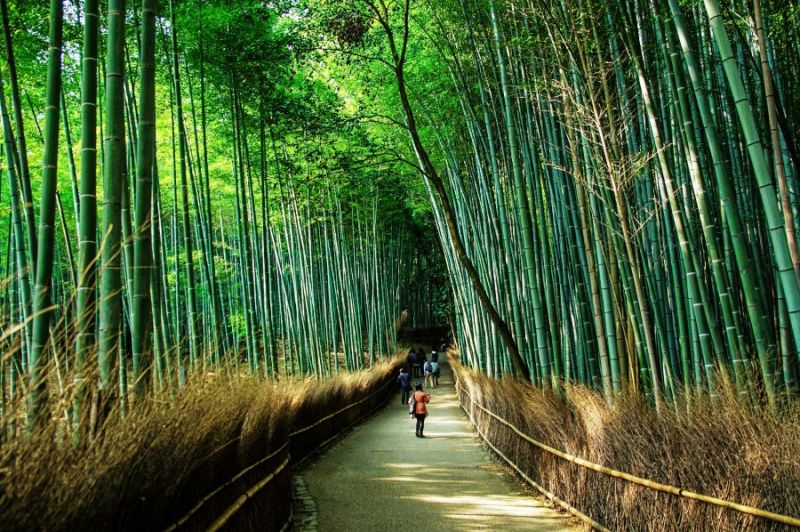As a floral artist & a floristry instructor, it's important to understand the unique and rare events in the plant world, like the flowering of bamboo (Phyllostachys nigra var. henonis). This type of bamboo is special because it only flowers once every 120 years. For many people, this means they might only see it happen once in their lifetime—if at all. In Vietnam, I have seen many types of bamboo, yet I have seen any flowering!

Henon bamboo originates from East Asia and is known for its strong, tall stalks, which are used in many industries, including floristry. But what's truly remarkable about this bamboo is its extremely rare flowering cycle. When henon bamboo flowers, all the plants of this species around the world tend to flower at the same time. After flowering, however, the bamboo dies, making this event both fascinating and concerning.
The last major flowering of henon bamboo happened over a century ago, between 1903 and 1912. The next big flowering event was expected around 2028. However, in 2020, researchers from Hiroshima University found that some henon bamboo started flowering earlier than expected. This gave scientists a rare chance to study what happens after the bamboo flowers.
Unfortunately, their findings were troubling. The bamboo didn’t produce any seeds that could grow into new plants. Normally, a plant would rely on seeds to regenerate after flowering, but this bamboo didn’t create any viable seeds. On top of that, the bamboo didn’t show any signs of growing back in other ways, like through its roots. All the bamboo stalks in the study area died, and no new growth appeared.

For florists, this is a serious concern. Bamboo is a valuable material that we use in many creative ways, from floral arrangements to garden designs. If bamboo can’t regenerate after flowering, it could become much harder to find and use in our work. Beyond that, the loss of bamboo could have bigger impacts on the environment, as bamboo plays a crucial role in many ecosystems. And the cost might be increased significantly due to the shortage of supply.
Seeing henon bamboo flower is incredibly rare, but it also reminds us of how fragile nature can be. As floristry professionals, we need to be aware of these challenges and think about how we can use materials more sustainably. By understanding the life cycles of the plants we work with, we can better appreciate their beauty and ensure that our craft continues to thrive while respecting the natural world.

